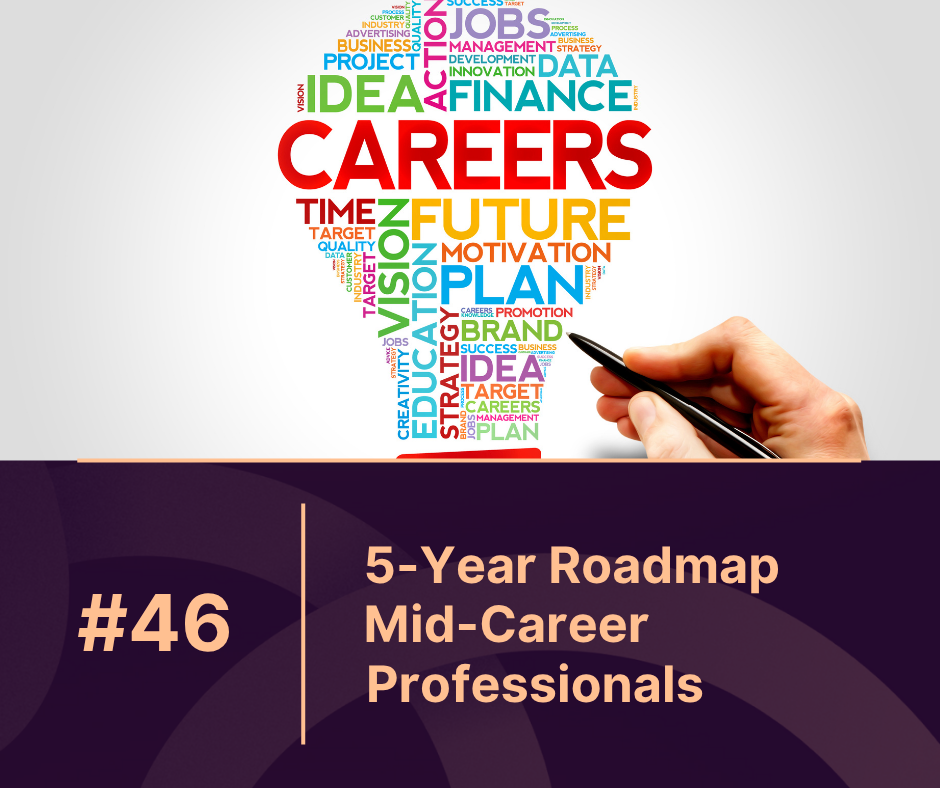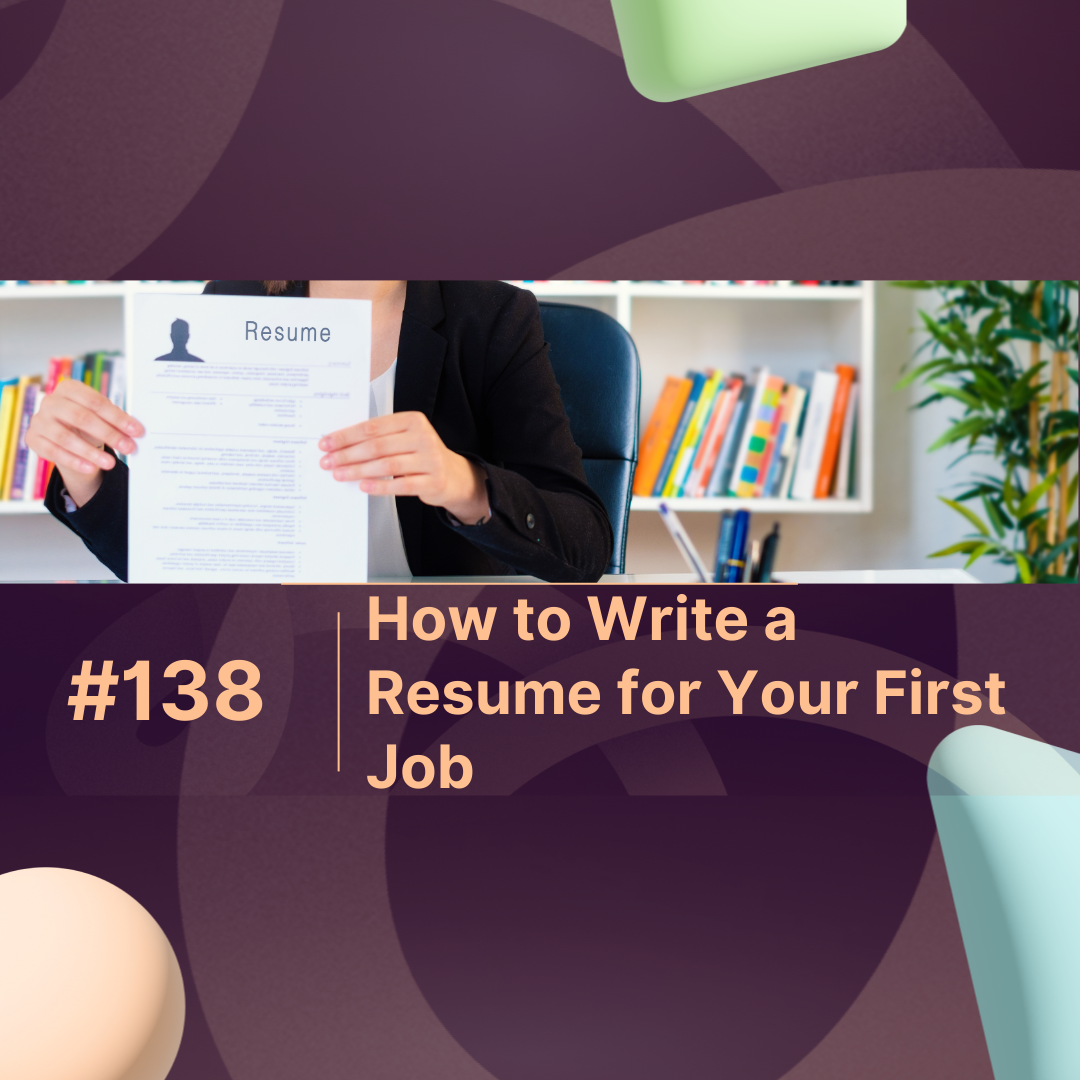Overview
Feeling stuck or unsure where your career is heading? You’re not alone. Many mid-career professionals—typically those with 7–15 years of experience—hit a plateau in growth or satisfaction. This guide offers a flexible 5-year career path roadmap to help you take control of your future. Whether you aim to climb the ladder, switch industries, or step into leadership, this plan will help you move forward with clarity and purpose.
What Is a Career Path?
A career path is a strategic plan that outlines your long-term professional goals and the skills, roles, and experiences needed to reach them.
It’s more than just promotions—it’s about progression, fulfillment, and relevance in your working life.
Benefits of defining your career path:
-
Make smarter job decisions aligned with your values
-
Stay ahead of market and industry trends
-
Boost confidence, focus, and motivation
Why Mid-Career Is the Right Time to Reassess
Mid-career is a balancing act—growing responsibilities at work and at home can make you question your path. According to Gallup, 53% of mid-career employees feel disconnected from their company’s mission.
By creating a 5-year plan, you can reignite purpose, enhance your market value, and prepare for future opportunities.
5-Year Career Path Roadmap Template
| Year | Goal | Action Steps | Success Metric |
|---|---|---|---|
| 1 | Self-Assessment | SWOT analysis, career interest mapping, personality tests | Clear personal brand & direction |
| 2 | Skill Gap Identification | Identify in-demand skills, enroll in training programs | Learning plan completed |
| 3 | Role Exploration | Job shadowing, informational interviews, mentorship | Shortlist 2–3 future role options |
| 4 | Personal Branding | Update LinkedIn, build portfolio, public speaking | Increased network visibility |
| 5 | Positioning & Execution | Apply for target roles, interview, or start a venture | Promotion, new role, or career switch |
How to Personalize Your Career Path
Your plan should reflect your unique strengths, goals, and lifestyle. Ask yourself:
-
Do I want to move up (vertical) or across (lateral) in my career?
-
Which tasks energize me the most?
-
Do I prefer stability, innovation, or autonomy?
Common Mistakes to Avoid
-
Being too rigid: The job market changes fast—stay adaptable.
-
Overlooking soft skills: Leadership, communication, and adaptability are as important as technical skills.
-
Going solo: Seek input from mentors, peers, or career coaches to refine your plan.
Maximize Your Growth with MaxProfile
MaxProfile’s AI-powered tools help you:
-
Assess your current position in the market
-
Map career moves of leaders in your field
-
Get a personalized growth roadmap to boost your visibility and opportunities
👉 Try MaxProfile FREE and start building your career advantage today.
FAQs
1. How do I know if I’m on the right career path?
Check if your current role matches your strengths, values, and long-term goals. Tools like MaxProfile and career self-assessments can help clarify.
2. What skills will be most valuable for my industry in 5 years?
Emerging skills vary by industry, but AI literacy, adaptability, and cross-functional collaboration are trending across sectors.
3. Can AI tools really help me plan my career?
Yes—modern AI platforms can analyze job market trends, suggest skill upgrades, and benchmark your profile against industry leaders.
4. How often should I adjust my 5-year plan?
Review at least once a year, or sooner if you change jobs, industries, or professional goals.
5. What’s the best way to switch careers without starting from scratch?
Leverage transferable skills, network strategically, and use targeted upskilling to bridge knowledge gaps.



